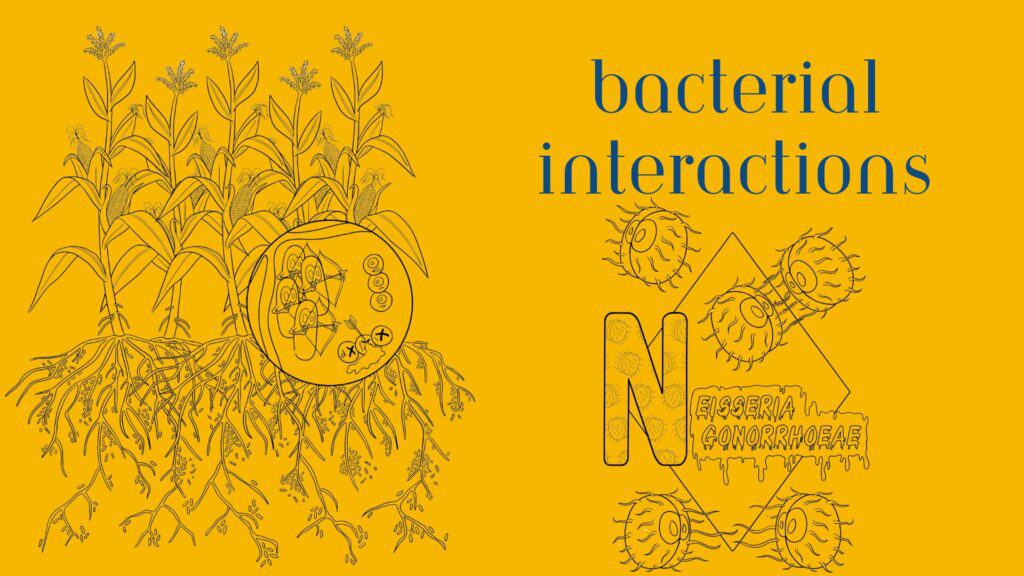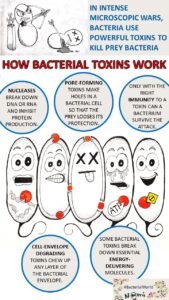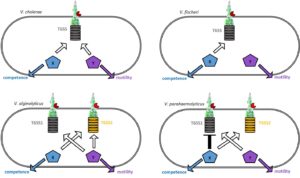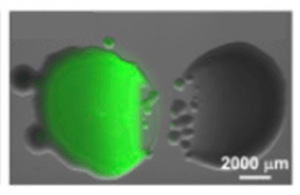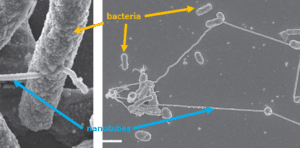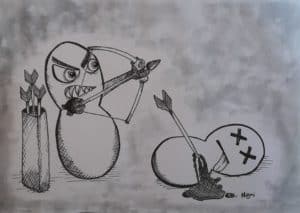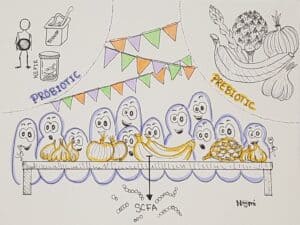
How a healthy gut microbiome protects you and how to keep its superpower
Your gut microbiome is full of helpful and fascinating bacteria. They all work together to keep you healthy, digest your food and fight off intruders. Here, you will learn about what a healthy gut microbiome is, what it does and how to keep it.

